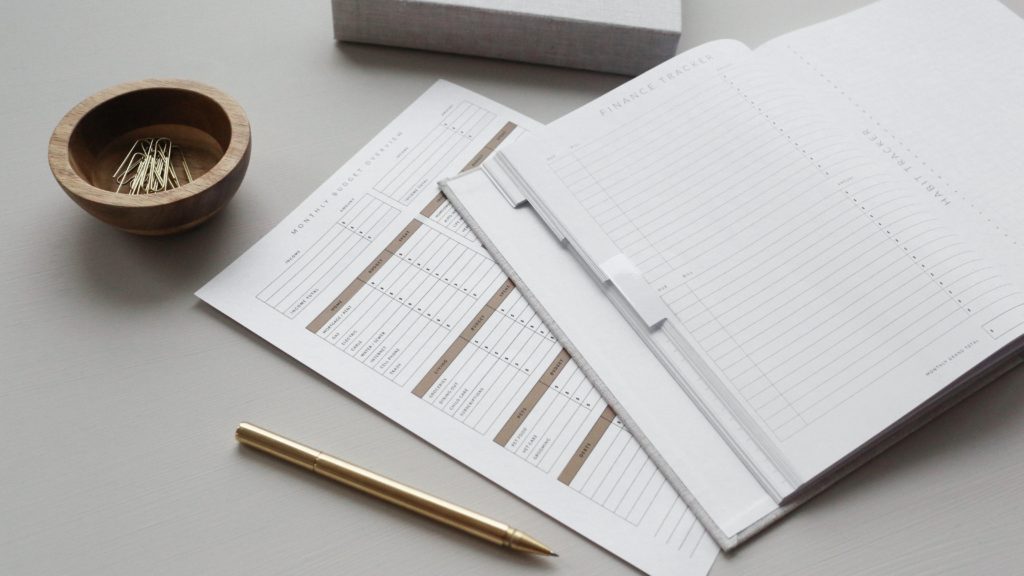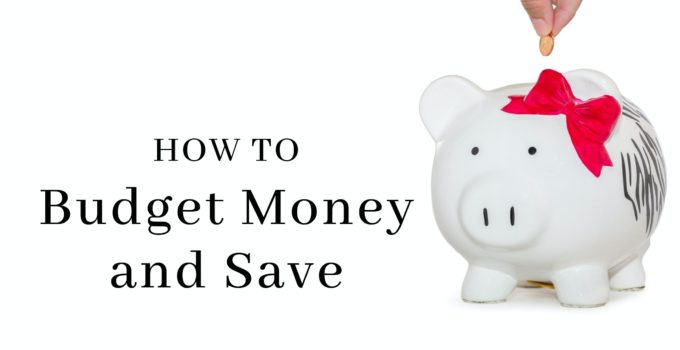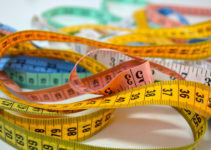Ah, the budget. – the word itself tends to bring stomach-knotting tension to people. However, I absolutely LOVE talking about budgets, so I’ll take one for the team and talk you through how to budget money and save.
A lot of budget-setting advice starts sitting down and writing out all your bills and expenses, distributing the rest of your funds from there. However, I don’t believe in that, because that won’t set you up for success. And I want to set you up for success here! Being in control of your finances is one of the most powerful things you can do for your life.
If you’ve ever had a budget you just couldn’t stick to, or if you have a vague feeling that you should be doing better with the money you have, this is the step-by-step guide you need.
Step 1: Acknowledge that you already have a budget.
This step seems simple, but it’s really important that you wrap your brain around this before you move on. You ALREADY have a budget – everybody does! You spend money, right? You pay your bills? That money goes SOMEWHERE every month, right?
Yup, that’s your budget.
A budget is just a plan for where your money goes. Even if you haven’t written your plan down, you make decisions about what to do with your money every day.
But if you have no idea what your budget IS – in other words, if you have no idea where your money goes – then you’re not getting the most out of your budget and you’re missing opportunities to save money.
So first, take some time (I suggest a month) to record every penny that you spend. Or, grab a copy of your bank statements and credit card statements for a month. Once you have that, move on to step 2.
Step 2: Figure out what your Current Budget is.
This is the part where you figure out what your reality is. Are you scared? Don’t be – this money has already been spent, and you made the choice to spend the money for a reason! Don’t let the voice of judgement into this process. Furthermore, if you didn’t spend your money the way you wish you had, that’s fine – you’re going to learn about it now! Get excited about the learning process.
Ok, grab a pen or two – maybe some highlighters. Make this fun. You’re going to go through each purchase and categorize it. To clarify, I’m not going to tell you what the categories are, because I don’t know you personally. You’re going to come up with them on your own. Again, make it fun – make a category for self-care or social events, sure, but call it something like “Surviving COVID” or “Humans are Social Creatures”.
If you need some help with the sorting, here are some general types of expenses that will happen in your life.
Typical Types of Expenses
- Fixed expenses: rent, car insurance, phone plan. The ones that happen every month and cost the same amount every time
- Variable, but necessary expenses: utilities, food. The ones that you need to survive, but the cost is a little different every month
- Variable, discretionary expenses: just about everything else, like drinks with friends, subscription boxes, Ubers. Don’t be too quick to write these off as “bad”. YOU get to choose what you’re spending your money on, remember?
- Variable, large, one-off expenses: It’s important to recognize out-of-the-ordinary expenses – for example, your phone died and you needed to replace it, or you finally found the exact coffee table you wanted for your living room. Just be honest about whether it truly is a one-off expense. For more info on how to deal with these, check out this post.
Once you’ve come up with categories for each purchase, simply add up the totals for each category and voila – you have your Current Budget. By analyzing this budget, you’ll be able to figure out what money you’ll be saving – and for what.

Compare your reality to what you’d like it to be
Step 3: Build your Ideal Budget and find where you’ll save
Ok, now that you’ve done your full categorization, set it aside. We did that first so that you have a clearer picture of how you actually spend your money. Now we’re going to go into ~*imagination land*~.
First, write down each of your categories from your Current Budget and copy down the amounts that you can’t control – rent, phone, etc. Next, decide how much you’d ideally spend in each of the other categories and subtract that amount.
After that, some categories might be zero in the Ideal Budget (I’d love to be on time all the time and never have to resort to Ubers…). You might find some categories that are missing from your Current Budget that you’d like to add – a vacation fund or donation bucket. Assign every dollar that you make to one of these buckets.
Finally, don’t forget to save money! Remember, this is about how to budget money and save, so find some space in your budget for that. Retirement, vacations, new phones, a new matching bedroom set – I don’t care what it is you’re saving for, this is the place to try and squeeze those goals into your budget.
Do you have your Ideal Budget? Does it seem unrealistic? That’s because it is. And that’s ok!
Step 4: Play Spot the Difference.
Put your Ideal Budget and your Current Budget next to each other. You’re certainly going to end up somewhere between these two budgets.
Look at the differences between the two budgets. Which categories got bigger in your Ideal? Which ones got smaller? Are there any categories from the Current Budget you would want to eliminate? Any categories from the Ideal Budget you’d like to make a part of your real life?
Pick 1-3 areas to focus on for the next month – for example, groceries and savings. Figure out how you’re going to change your behavior to improve those areas – like, eat leftovers for lunch and save $10/week. Then, write them on a sticky note and put them on your bathroom mirror, make them your phone lock screen, or draw little icons that represent them and pin them at your desk at work. Make them visible and keep them in mind for the next month.

The small steps you make with your budget will grow over time.
Step 5: Congratulations! You’ve now learned how to budget and save money.
Wait, that’s it?
It sure is. Next month, remake your Current Budget. Then, pull out your previous Current Budget and Ideal Budget and play Spot the Differences again. Did you improve on your 1-3 focus areas? Why not?
After that, choose 1-3 new focus areas and do it all again the next month.
See, these 5 steps are the basics for budgeting, but what is going to make a difference in your life is making your Current Budget look like your Ideal Budget. Tools for tracking your budget could probably take an entire new post, but I personally use You Need a Budget.
If you’re looking for more information on budgeting and finance, check out these posts:
6 Tips for How to Budget Better
5 SMART Financial Goal Examples
How to Prioritize Financial Goals
What is Financial Independence?
How to Use Credit Cards Wisely
What to Do When You Get a Raise
3 Simple Steps to Accurately Budget for Groceries


